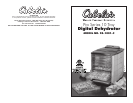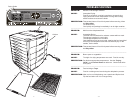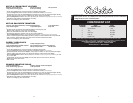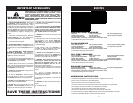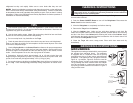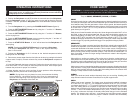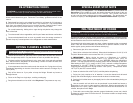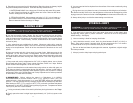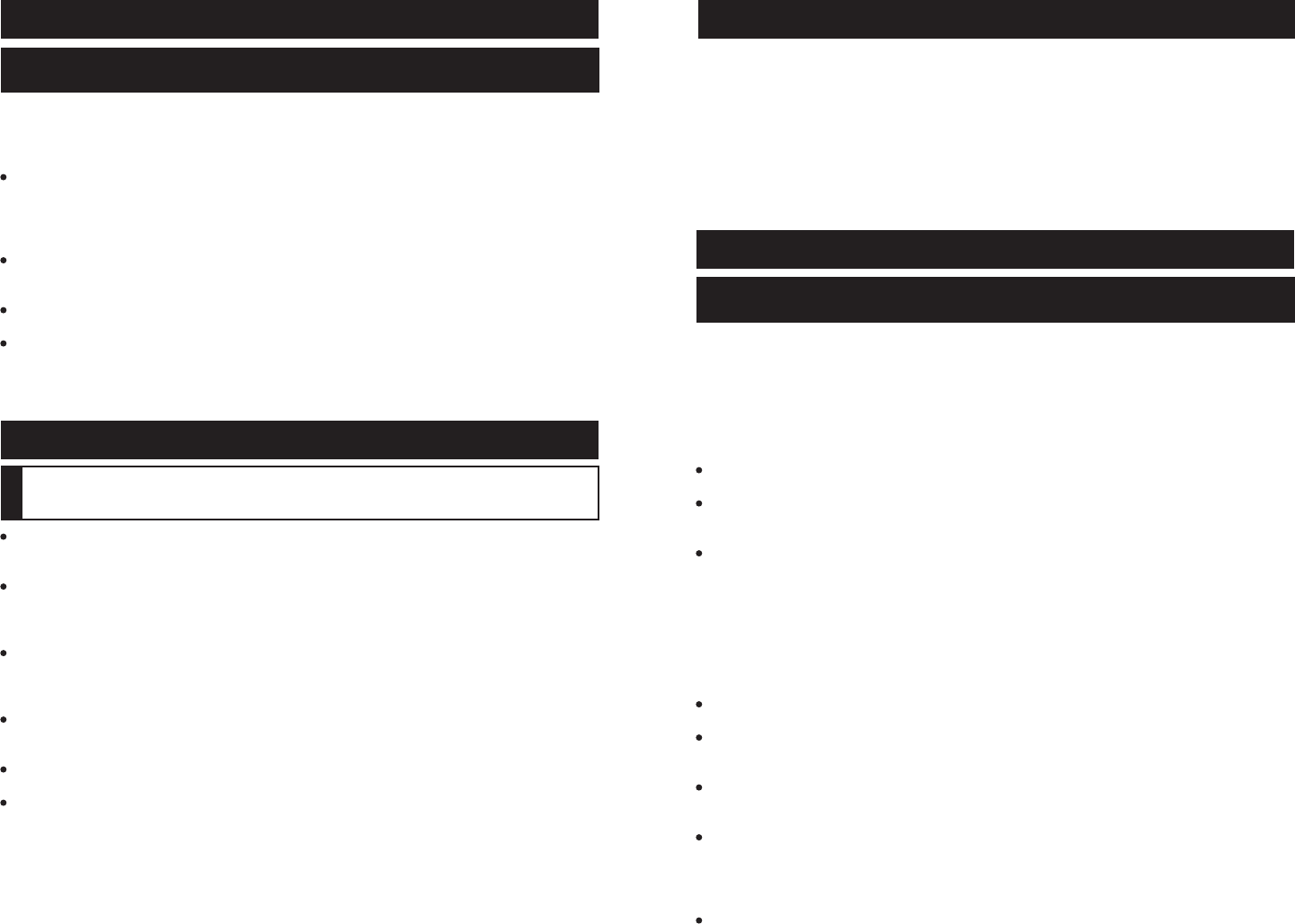
PRE-TREATMENT OF FOODS
As with most types of cooking, proper preparation is essential for successful results.
Adhering to a few basic guidelines will generally increase the quality of your dried foods
and decrease the amount of time necessary to dry them.
Pre-treated foods often taste better and have a better appearance than non-treated
foods. There are several methods to pre-treat food to prevent oxidation, which will
darken apples, pears, peaches and bananas while drying.
.
Remove any pits, skin, cores or bones.
.
Shred, slice or dice the food uniformly. Slices should be between 1/8-1/4” (0.3-0.6
cm) thick. Meats should be cut not more than 3/4” (1.9 cm) thick.
.
IMPORTANT: Before placing the meat in a Dehydrator, it is HIGHLY
RECOMMENDED to heat the meat to 160
o
F (71
o
C), poultry to 165
o
F (74
o
C), as
measured with a food thermometer in an oven BEFORE starting the dehydration
process. This step assures that any bacteria present will be destroyed by wet heat.
After heating to 160
o
F (71
o
C), poultry to 165
o
F (74
o
C), maintain a constant dehydrator
temperature of 130-140
o
F (55-60
o
C) during the drying process. The minimum
recommended temperature for drying meats is 145
o
F (63
o
C). Temperatures below
145
o
F (63
o
C) are NOT recommended.
.
Steam or bake the sh at 200’F (93’C) until aky before dehydrating.
.
Drying into jerky requires a lot of attention. It must be cleaned and de-boned
properly and rinsed thoroughly to ensure that all the blood is washed away.
.
Soak cut fruit in either lemon or pineapple juice for a few minutes before placing out
on the Trays.
.
Use an ascorbic acid mix which can be purchased in most health food stores or
pharmacies. It may come in either powder or tablet form. Dissolve approximately 2-3
tablespoons into 1 quart (1 liter) of water. Soak the fruit slices into the solution for 2-3
minutes, then place on the Trays.
.
Fruits with a wax coating (gs, peaches, grapes, blueberries, prunes, etc.) should
be dipped in boiling water to remove the wax. This allows moisture to escape easily
when dehydrating.
DRYING FLOWERS & CRAFTS
.
Flowers should be dry to start with, best of picked after the dew has dried and
before the night damp sets in. Dry the owers as soon as possible after picking.
.
The best condition for drying owers is a dry, warm, dark, clean and well ventilated
area, which makes a dehydrator an ideal setting. Flowers will retain the best color
and condition when dried quickly.
.
A low temperature should be used to retain the natural oils. Drying times will vary
considerably depending on the size of the ower and the amount of foliage. Dry at
100
o
F (38
o
C).
.
Strip off the leaves or if you prefer to keep the foliage. Discard any brown or
damaged leaves.
.
Place on the Tray in a single layer, avoiding overlapping.
.
Dough art and beads can be dried in the Dehydrator. Temperatures may vary.
RE-HYDRATING FOODS
WARNING! DO NOT soak food at room temperature. Soaking at room temperature
allows harmful bacteria to grow. Follow the “Food Safety” guidelines outlined in this
manual.
.
Dehydrated food can be re-hydrated by soaking in cold water for 3-5 minutes or
for 2-6 hours in the refrigerator in water. Use 1 cup of water for 1 cup of dehydrated
food. Once re-hydrated, the food can be cooked normally. Soaking foods in warm
water will speed up the process however; it may result in loss of avor.
.
Do not add seasoning. Adding salt or sugar during re-hydration may change the
avor of the food.
.
To make stewed fruits or vegetables, add 2 cups of water and simmer until tender.
.
Consume dehydrated foods as soon as possible once the storage container is
opened. Keep any unused portions in the refrigerator to avoid contamination.
CAUTION! It is important to follow the “Food Safety” guidelines outlined in this
manual. For the most up to date instruction visit the USDA website.
WARNING!! Before cleaning or servicing the Dehydrator, make sure it is unplugged
from the power source. It is important to read & fully understand all of the instructions
& safeguard prior to use of the Dehydrator.
!
CAUTION! It is important to follow the “Food Safety” guidelines outlined in this
manual. For the most up to date instruction visit the USDA website.
-7-
-10-
When operating the Dehydrator, if the START/STOP Button is pressed while the
Dehydrator is in the middle of a cycle, the heating element and the timer for the unit
will turn off, but the fan will continue to run for 1 minute. This is normal, and occurs
to help cool the heating element and prevent overheating. The temperature will
continue to display on the Dehydrator until POWER ON/OFF Button is pressed.
SPECIAL START/STOP NOTE



